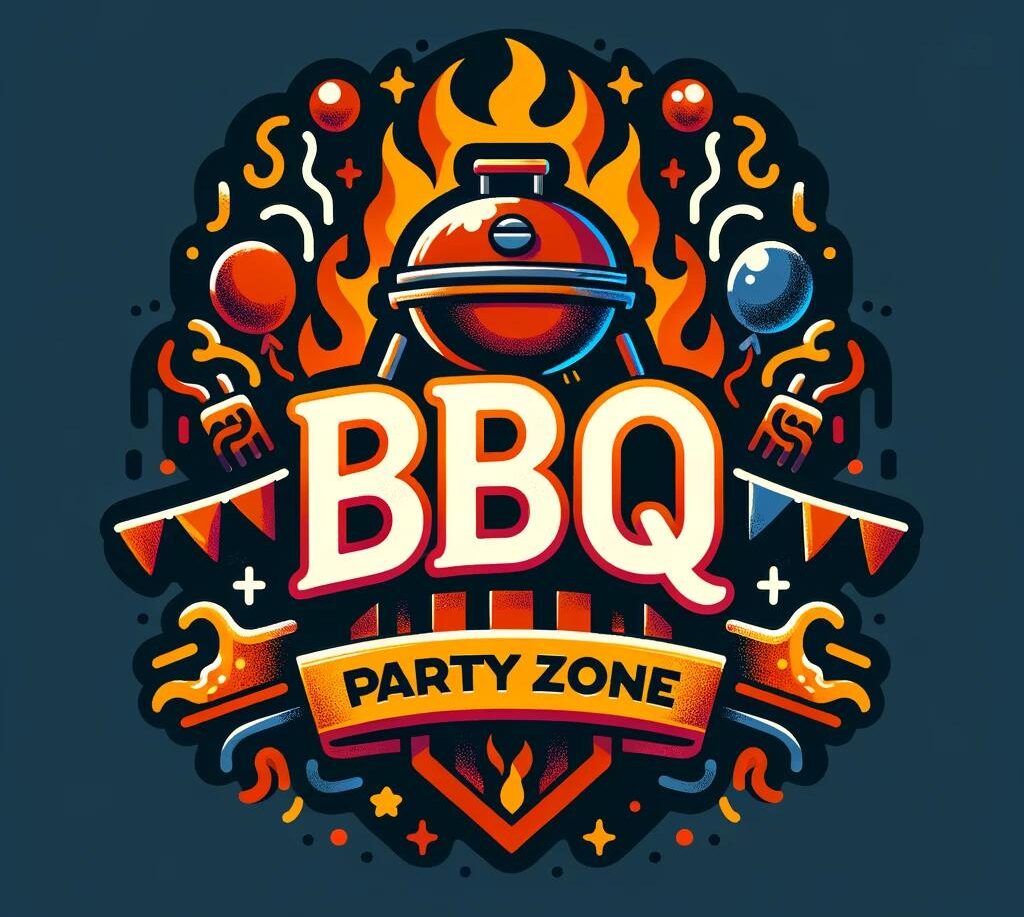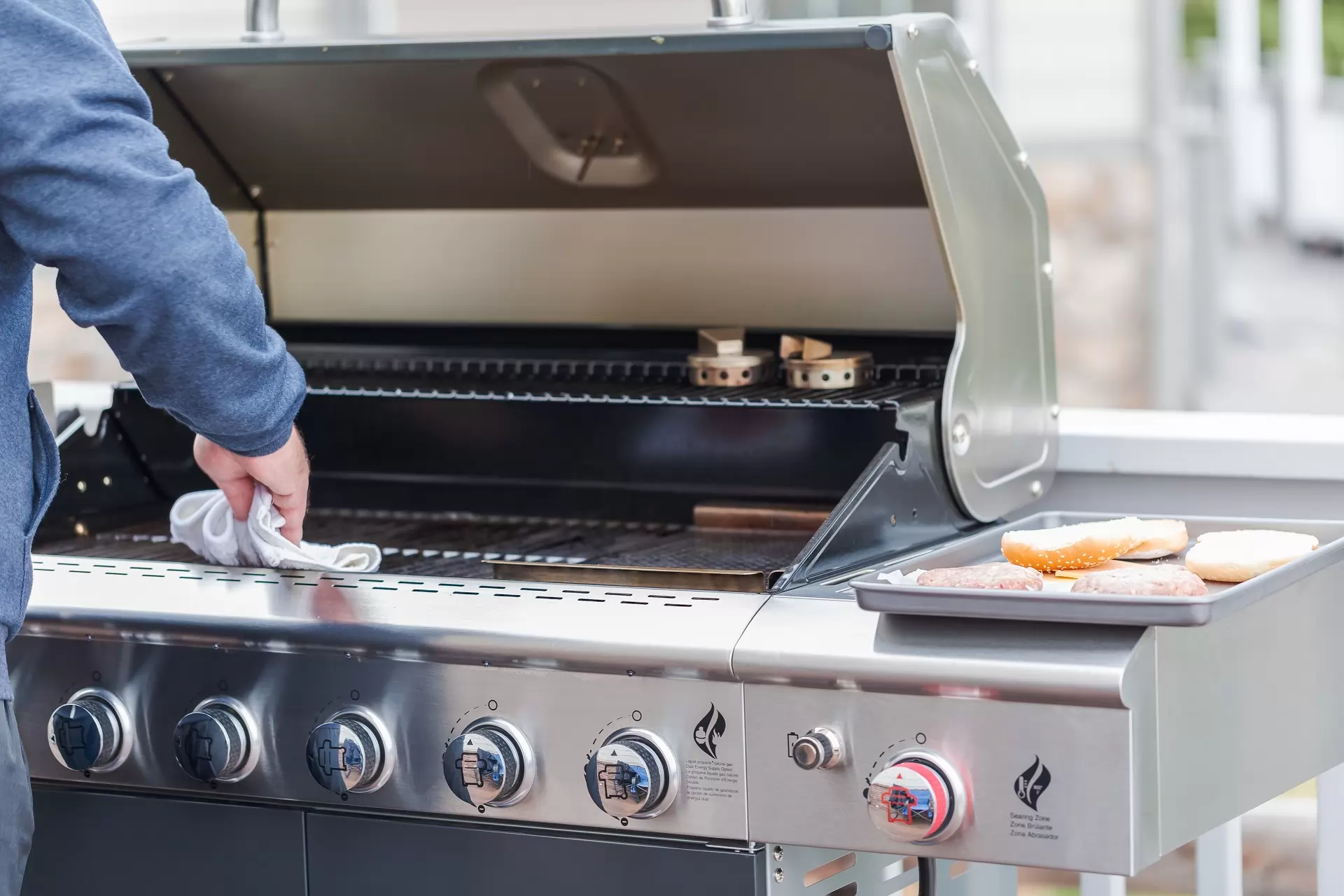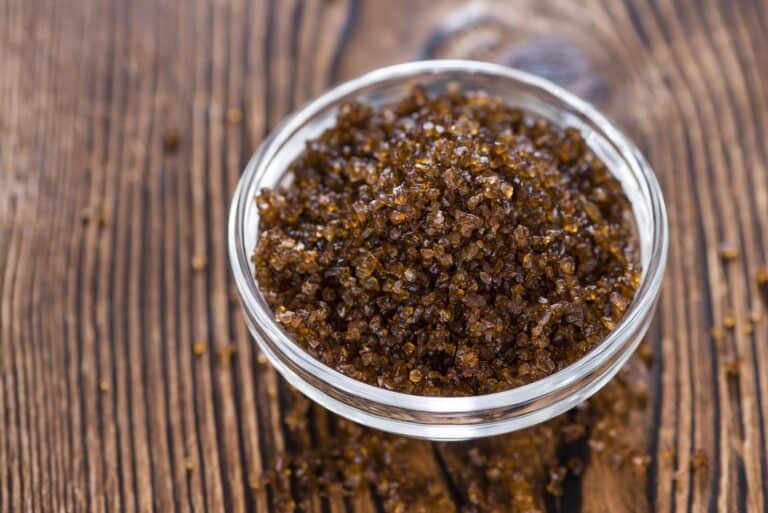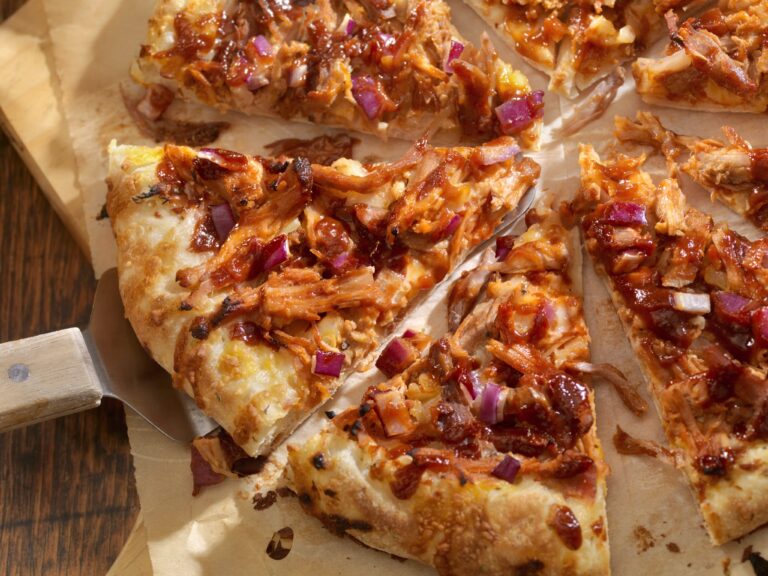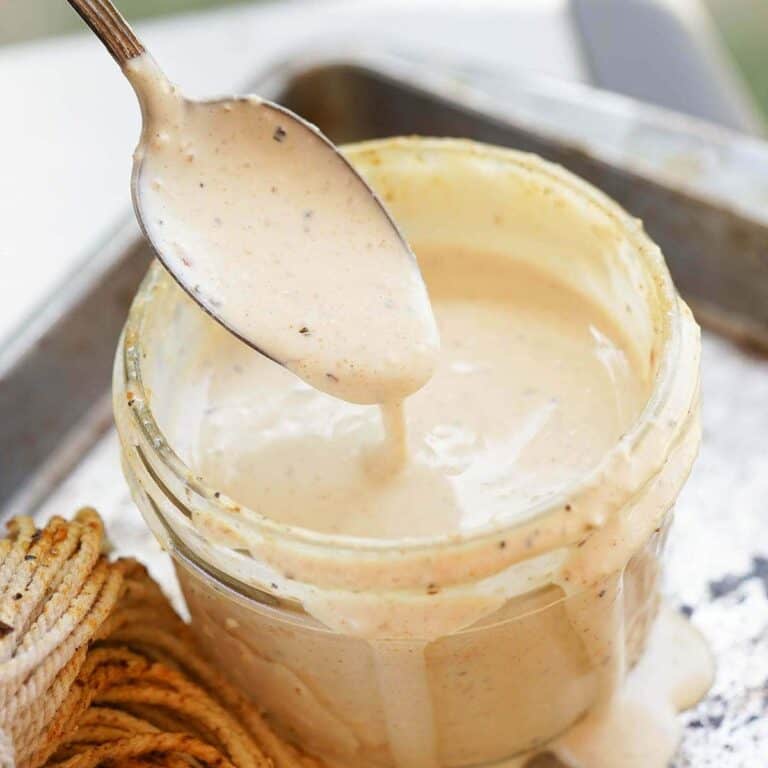Gas BBQ Tips: Ready to Turn Up the Heat?
Alright, let’s talk gas BBQs. You’ve got your grill, your tongs, and a hearty appetite, but how do you elevate your grilling game from good to great? Whether you’re a seasoned pro or a rookie with a new grill, these Gas BBQ Tips are going to change your BBQ experience.
Think perfect sear marks, juicy steaks, and the kind of flavors that make your taste buds dance. We’re not just grilling; we’re mastering the art of gas BBQ. So, roll up your sleeves, it’s time to get grilling with style and skill!
What is a Gas Grill BBQ?
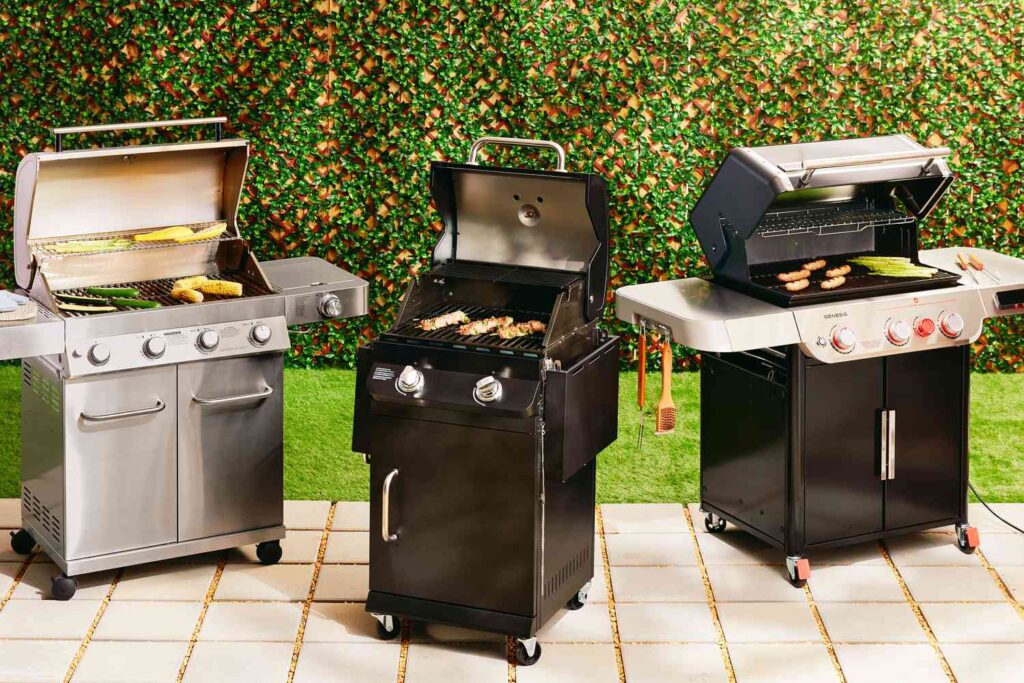
A grill that’s all about convenience and control. Unlike their charcoal cousins, gas BBQs use, well, gas — typically propane or natural gas — as fuel. They’re loved for how quickly they heat up; turn a knob, hit ignite, and bam — you’re ready to cook. Plus, you can easily control the temperature, making it simpler to cook different foods just right.
They usually come with multiple burners, allowing you to create different heat zones — think a hot side for searing steaks and a cooler side for slow-cooking veggies. And clean-up? It’s a breeze compared to charcoal grills. No ash, no fuss. In short, a gas BBQ is your go-to for hassle-free, consistent grilling. Perfect for those who love to grill without the extra work or waiting time.
What is the best way to cook on a gas BBQ?
When it comes to cooking on a gas BBQ, it’s all about mastering heat management and timing. The beauty of gas grills is their ability to maintain consistent temperatures and create different cooking zones. Here’s a little secret: don’t just crank up all burners to high.
Instead, set up a two-zone system – one side hot for searing, the other cooler for slower cooking. Start by searing your meat on the hot side to lock in those delicious juices and get those Instagram-worthy grill marks. Then, move it to the cooler side to finish cooking without burning.
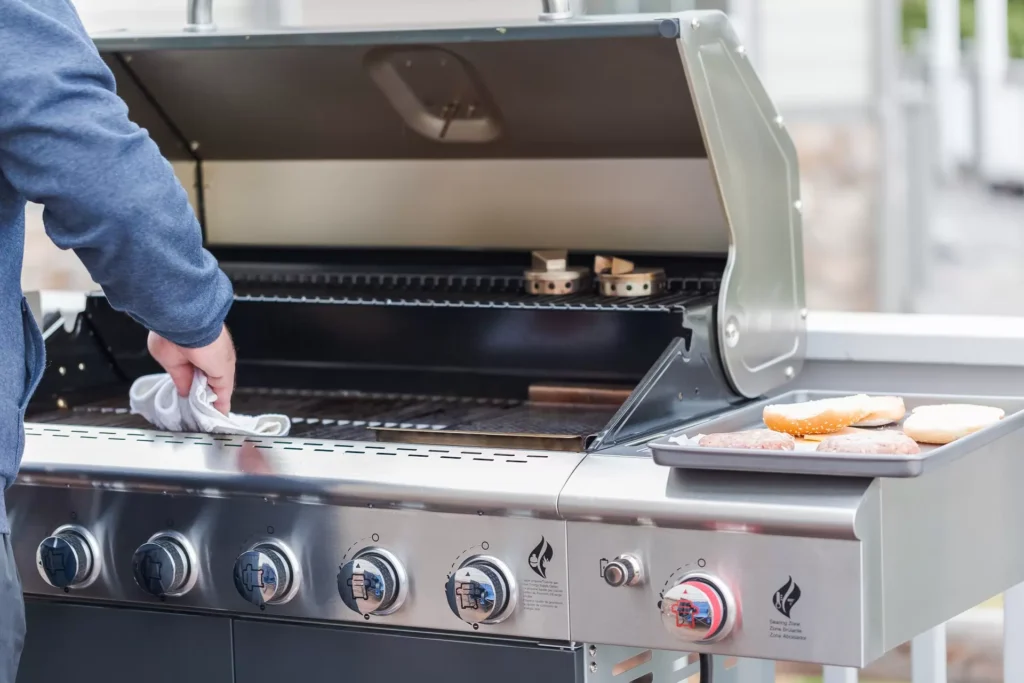
Remember, the lid is your friend for even cooking, especially for thicker cuts. Don’t forget to let the meat rest after cooking – this lets the juices redistribute, making every bite succulent. And hey, don’t be afraid to experiment! Whether it’s veggies, fish, or a juicy steak, finding your grilling groove is part of the fun. Grill, tweak, repeat – that’s the mantra!
How to Use a Gas Grill for Beginners
New to the gas grill world? No worries, it’s simpler than it looks! First things first, safety. Ensure your grill is in a well-ventilated area and that all connections are secure. Now, let’s fire it up! Open the lid, turn on the gas, and ignite the grill using the starter. If it doesn’t ignite right away, turn off the gas, wait a few minutes, and try again.
Once it’s lit, preheat the grill for about 10-15 minutes. You’re aiming for a nice, even heat. During this time, you can prep your food. Simple seasonings or a marinade work wonders.
Now, the fun part – grilling! Place your food on the grill. Remember to use the different heat zones to your advantage. High heat for searing and lower heat for cooking through. Keep an eye on your food, turning it occasionally for an even cook.
Lastly, don’t forget to clean the grill after it cools down. A good brush-down will do. And there you have it, welcome to the world of gas grilling! Just relax, have fun, and soon you’ll be grilling like a pro.


What are the Gas BBQ Tips and Tricks?
Ready to up your gas BBQ game? Here are some nifty Gas BBQ Tips and tricks:

- Preheat Properly: Get your grill hot before cooking. A solid 10-15 minutes of preheating should do it. This ensures good sear marks and helps in preventing sticking.
- Zone Cooking: Utilize the power of zone cooking. High heat on one side for searing, lower heat on the other for slower cooking. It’s like having multiple grills in one!
- Keep it Clean: A clean grill is a happy grill. Brush off the grates before and after grilling. This keeps your food from sticking and tasting last week’s meal.
- Monitor the Heat: Use the knobs to adjust the flame and control the temperature. Gas grills are great at maintaining consistent heat, so use this to your advantage.
- Lid On or Off: Lid down for thicker cuts to cook evenly, lid up for thinner cuts to prevent overcooking.
- Rest Your Meat: Patience is a virtue. Let your meat rest for a few minutes off the grill. This makes it juicier and more flavorful.
- Flavor Boosters: Don’t shy away from adding wood chips wrapped in foil for that smoky flavor. Experiment with different types to find your favorite.
- Maintenance is Key: Regularly check for propane leaks and keep those burners clean.
- Trust a Thermometer: A meat thermometer isn’t just for beginners. It ensures your meat is perfectly cooked every time.
- Experiment: Try new recipes, play with marinades and seasonings. The best part about BBQ is making it your own!
Remember, every grill master started as a beginner. Enjoy the process, learn from each BBQ session, and soon you’ll be dishing out mouth-watering meals from your gas grill!
Is Cooking on Gas BBQ healthy?
First off, grilling tends to be a healthier option because it reduces fat. You know how fat drips off your steaks or burgers as they cook? That’s less fat you’re consuming. Plus, grilling can bring out the best in veggies and meats without needing too much oil or butter.

Now, the key to healthy gas grilling is moderation and technique. For instance, it’s wise to avoid charring your food too much. Over-charred food can contain compounds that aren’t great for your health if consumed in large amounts over time.
Also, get creative with your menu. Grill lean meats, fish, and plenty of vegetables. Marinate or season with herbs and spices instead of heavy sauces. And hey, why not try some fruit on the grill? Pineapple or peaches can be deliciously transformed on the BBQ.
Conclusion
In conclusion, diving into the world of gas BBQ is an exciting culinary adventure that blends simplicity with versatility. Whether you’re a beginner or a seasoned griller, understanding the basics – from choosing the right gas to mastering temperature control – can significantly enhance your grilling experience.
Remember, a gas BBQ isn’t just about cooking food; it’s about creating flavors, experimenting with recipes, and enjoying the process. Keep your grill clean, stay safe, and don’t be afraid to try new things, whether it’s a different marinade or a vegetable you’ve never grilled before.
As you continue your grilling journey, you’ll discover that the gas BBQ is more than a cooking tool – it’s a gateway to endless culinary possibilities and the heart of memorable meals with friends and family. So fire up that grill, and let the delicious journey begin!
FAQs
Q: What is the best temperature to cook on a gas BBQ? A: Aim for a medium-high heat, around 375-450°F for most foods. Adjust lower for slow-cooking items like ribs or higher for quick-searing steaks.
Q: What is the best gas to use on a BBQ? A: Propane is most popular for its portability and high energy output. Natural gas is also great, especially for stationary grills, as it’s more cost-effective in the long run.
Q: Do you put oil on a gas BBQ? A: Yes, but oil the food, not the grill. This helps prevent sticking and adds flavor. Use a high-smoke point oil like canola or vegetable oil.
Q: What is the best way to use a gas grill? A: Preheat the grill, use a two-zone heat setup for versatility, and keep the lid closed as much as possible for even cooking.
Q: How do you use a gas grill for beginners? A: Start with preheating, learn to manage the heat zones, and don’t overcrowd the grill. Start with simple recipes and always prioritize safety.
Q: How long to burn a gas BBQ before cooking? A: Preheat your gas BBQ for about 10-15 minutes. This ensures the grill reaches the right temperature for even cooking.
